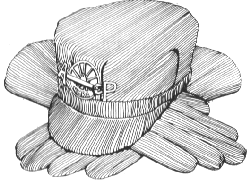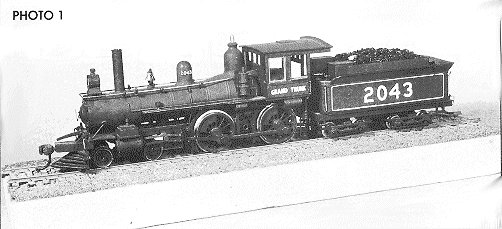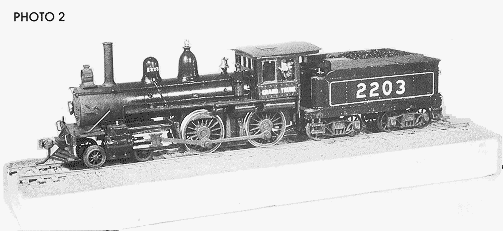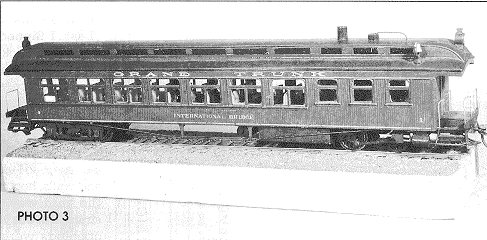
Pretty impressive title - Master Builder. It conjures up images of a modelmaker hidden away in a basement, equipped with every machine tool known to man: turning wheels, milling chassis and soldering bits and pieces together to create a miniature locomotive that looks like a piece of jewelry and runs like a fine watch. To be sure, there are Master Builders like that, but for everyone like that there are a dozen who are mere mortals like you and I - modelers who still have trouble soldering two pieces of wire together and who don't have anything more complex than a Dremel tool in their machine shop. But they have the desire to become a Master Builder-Motive Power in the NMRA Achievement Program. If you fit into this category, read on. I'll tell you how I attained my Master Builder-Motive Power certificate, and maybe I will inspire you to go after yours.
First, obtain a copy of the NMRA Achievement Program Regulations from your region or division AP Manager. Then read them completely and be sure you understand them. If in doubt, ask the Manager to clarify any questions you may have. Remember the first step to winning in anything you do is to fully understand the rules.
The rules state, "Motive Power is defined as steam or diesel locomotives, traction motive power or self-propelled vehicle." This includes anything that ran under its own power, on rails, from a track speeder to a Big Boy. You must build three scale models, one of which must be scratchbuilt, the other two can be modified kits.
In my case, I model the Grand Trunk Railway, circa 1920. Since I had to either kitbash or scratchbuild anyway to get the motive power needed, I figured why not go for my AP certificate.

The first model is a GTR 4-4-0, No. 2043. This is built from an AHM Genoa. The chassis and drive are pretty much the way they came from AHM, but the boiler, cab and tender body, as well as most of the details, are scratchbuilt or extensively modified using styrene. Remember, I said I couldn't solder two weeks together. I entered this engine under "crosskit" category.

The second engine is practically all scratchbuilt. It too is a GTR 4-4-0, No. 2203. This engine is built on a modified MDC 2-6-0 chassis, with Bowser drivers. The entire superstructure from the pilot to the rear tender deck is scratchbuilt from styrene. It has features like a working firebox door, complete backhead, scratchbuilt cylinders, domes, stack and air pump, but because the chassis and rods are commercial, it too fits the "crosskit" category.

Well, I sort of stumbled on the answer accidentally. I was building the steam powered passenger car shown above for my passenger car requirement for Master Builder-Cars, when the division AP Manager informed me that because it was self-propelled, it qualified as motive power, and it was totally scratchbuilt! Aha! I should have read the rules. The car is fully detailed inside and out. The boiler, cylinders, cross heads and main rods, pilots, and even the bell are scratched out of brass. I finally learned to solder. The rest of the car, including the body, roof, steps, frame, passenger truck and details are styrene. The bulkheads and interior walls are wood-painted in the engine room and varnished in the passenger compartment. The windows are real glass. The power unit is a NWSL Flea hidden completely inside the boiler. Drivers are from an old Bachmann O-6-OT that had seen better days. The water tank behind the drivers contains two slabs of sheet lead to give it traction and is removable to get at the motor mounting.
I had a lot of fun building these models. I got the motive power I needed for my layout and earned my Master Builder - Motive Power certificate while doing it. It wasn't nearly as formidable as I had imagined. Would I do it again? You bet. The little bit of extra effort required to make these models merit quality has paid dividends in my other modelmaking. With a little effort, you too can become a Master Builder-Motive Power.
I'll be watching for your name in the Bulletin.